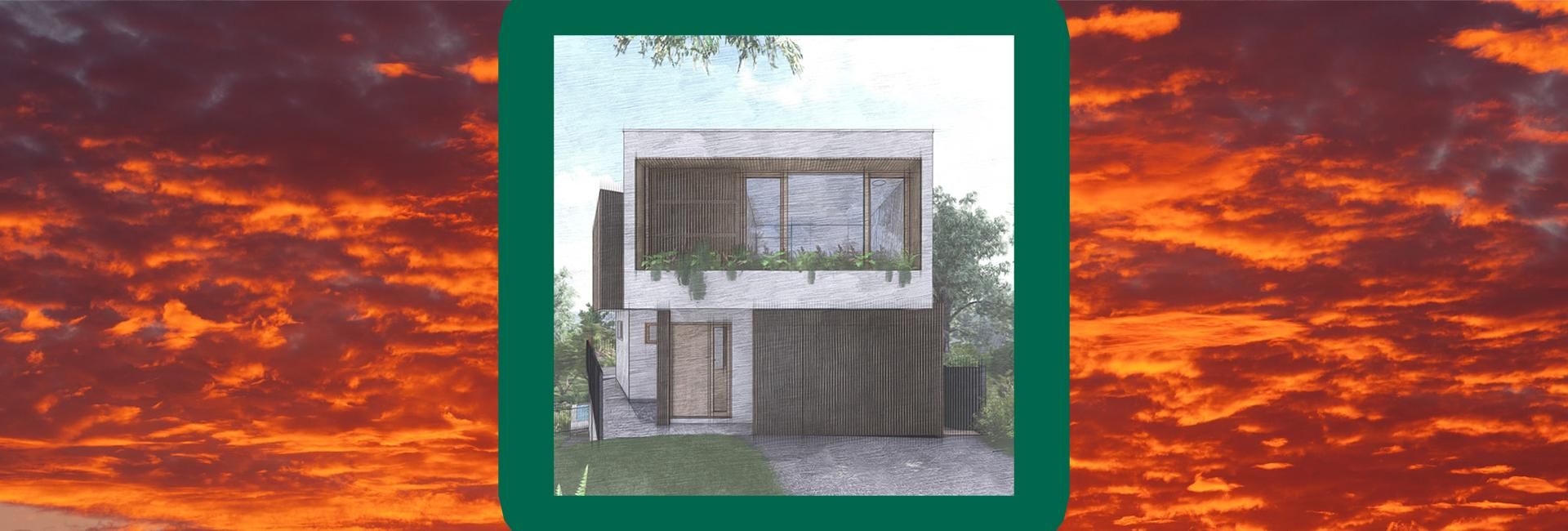The final in our five-part series, Sweltering cities, on how rising global temperatures will impact daily living and working conditions — and what needs to change.
Mould. Insomnia. Financial stress. These issues are all too familiar for Australians struggling with poor insulation and expensive cooling systems in their homes during the hotter months. As Australians brace for another stifling summer, Sydney-based architect Edward Dieppe has a solution to the nation’s poor housing standards — the Passive House.
A 2020-2021 survey by not-for-profit organisation Sweltering Cities revealed that 87.5 per cent of people have difficulty sleeping on hot nights, 55 per cent avoid turning on their air-conditioning due to the cost and 31 per cent of people leave their house when it gets hot to go to a cooler location. With Europe's recent heatwaves and the Australian Bureau of Meteorology’s outlook that minimum temperatures in August to October will be warmer than median almost nationwide, the discomfort people feel in their homes is likely to worsen.
These houses save up to 90 per cent of the energy that would have been used for cooling and heating.
Dieppe, cofounder and architect with Dieppe Design, recognises this flaw in the climates of Australian homes. “When I moved to Australia, I had never been so cold or so hot inside houses. Australian housing is just not meeting the demands of what we should be aiming for,” he said. He highlighted the fact that Australian houses are often the same temperature as the climate outside, offering little to no refuge from extreme summers.
Dieppe Design became Passive House certified in 2019. Dieppe feels that as an architect, it is his responsibility to design better buildings. “The great thing about Passive House is that rather than spending your money on heating and cooling, you can live in a home which reduces the heating and cooling demand by 90 percent and that is the single best way we can fight climate change,” he said.
Hailing from Germany, Passive House is a set of regulations that ensure a house remains within a ‘comfort zone’ without the support of electrical regulation. In a Sydney home, this is a strict range of 20-24°C and 40-60 per cent humidity. With the most rigorous testing standards in the design and construction industry, these houses save up to 90 per cent of the energy that would have been used for cooling and heating.
His sentiments on sustainable housing are shared by Emma Bacon, founder of Sweltering Cities, who believes that “there is a responsibility for people who can, to play a role in being the solution, into building climate action.” Bacon is challenging the idea that sustainable housing needs to be a luxury. “Everyone deserves a safe home. Safe in the summer, safe in the winter,” she said. “We need to start with public and affordable housing when it comes to upgrading our standards and building more energy efficient homes and retrofitting.”
Dieppe explained the role Passive House could play in public housing. “If you’re looking at something like social housing, or long-term housing, the initial cost [of a Passive House] is obviously slightly more, but the ongoing costs are reduced. It’s going to be cheaper for us to build a Passive House and run that and supply that for social housing over 50 years, or however long it is, than to spend less and for those to have to be heated and cooled,” he said. “It is very much a long term, low risk investment.”
Building higher quality housing for all Australians is not just a matter of protecting people from extreme weather conditions, but part of the nation’s fight against climate change. “We need to eliminate the inequalities of our present in the process of addressing climate change and building climate action,” Bacon said.
Dieppe believes transforming the construction industry is the way to be part of the solution: “Climate change, sustainability and building homes that are better for the future generations. We don’t just need to think about ourselves, we need to think about reducing our carbon footprint.”






Afraid of an egg: the tyranny of living with social media's body standards